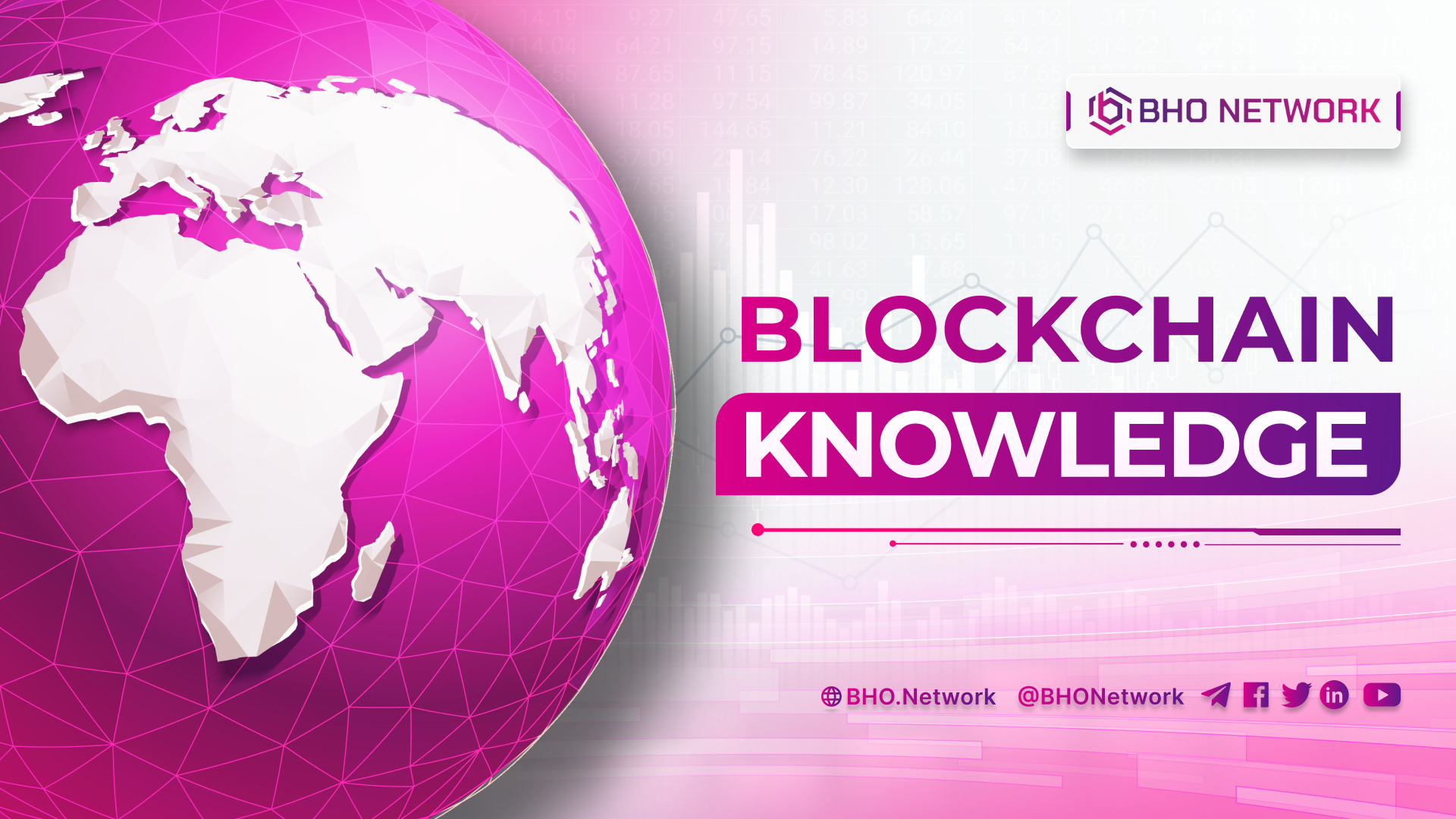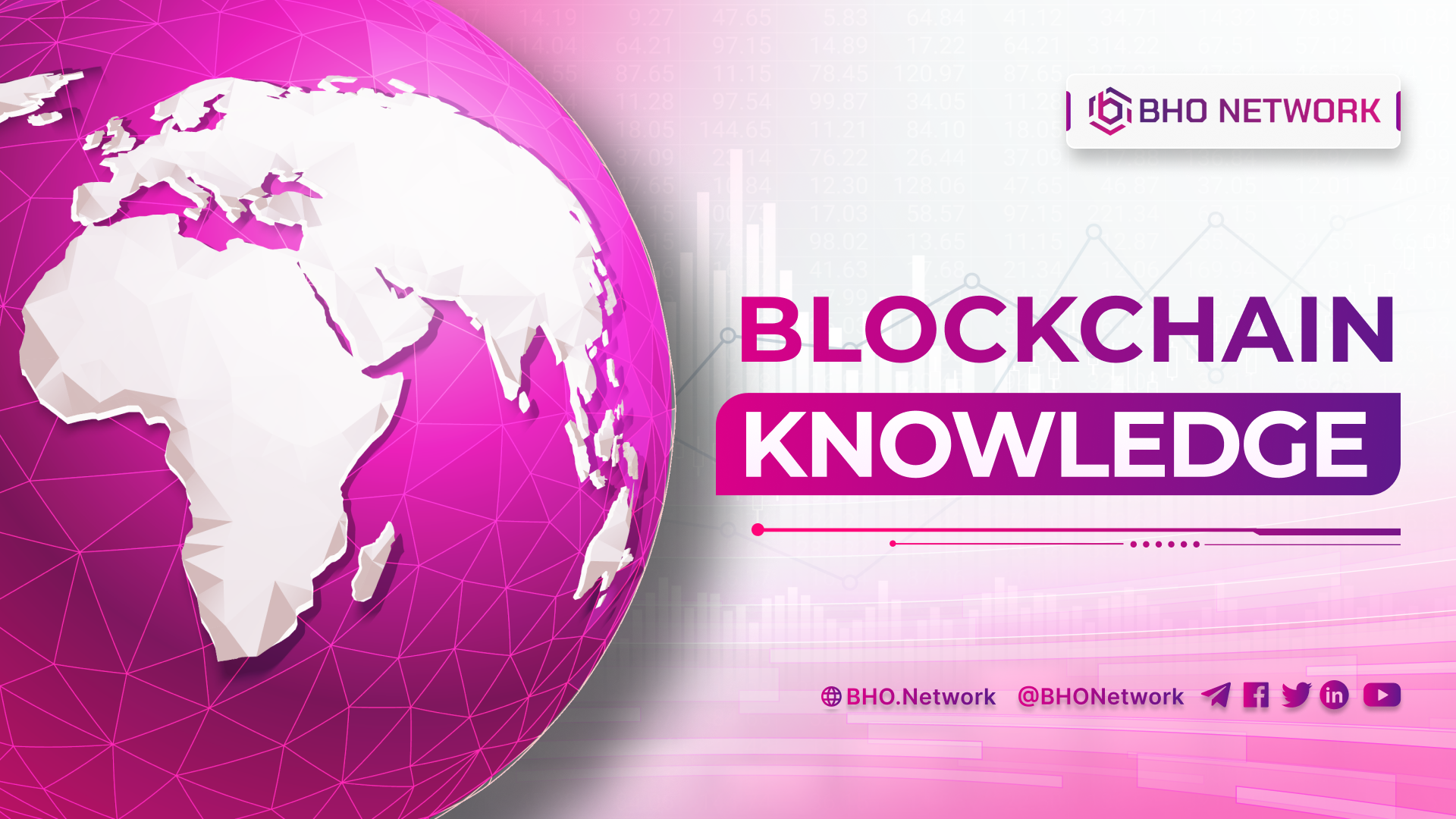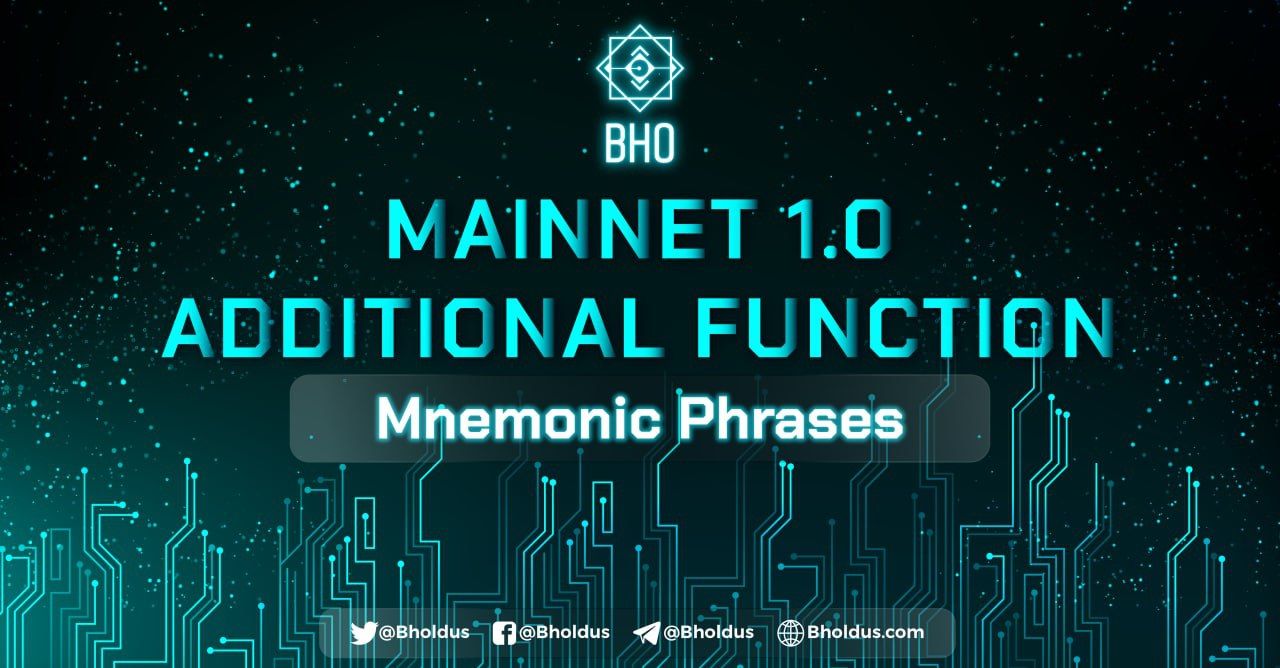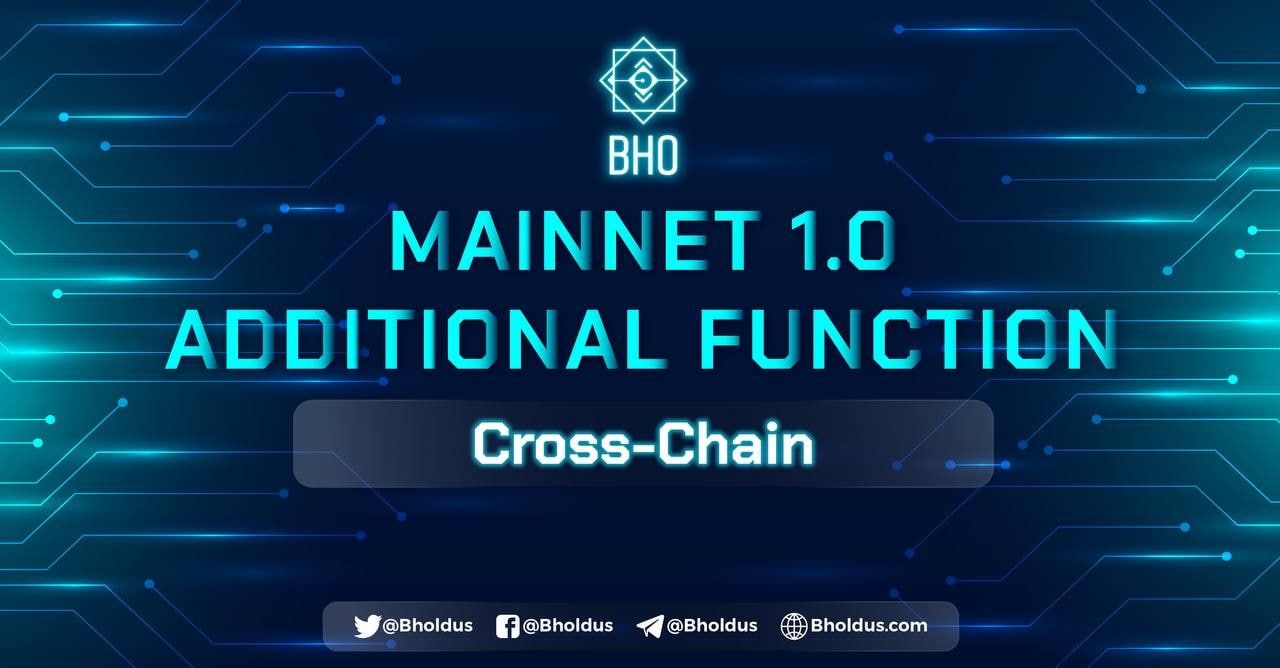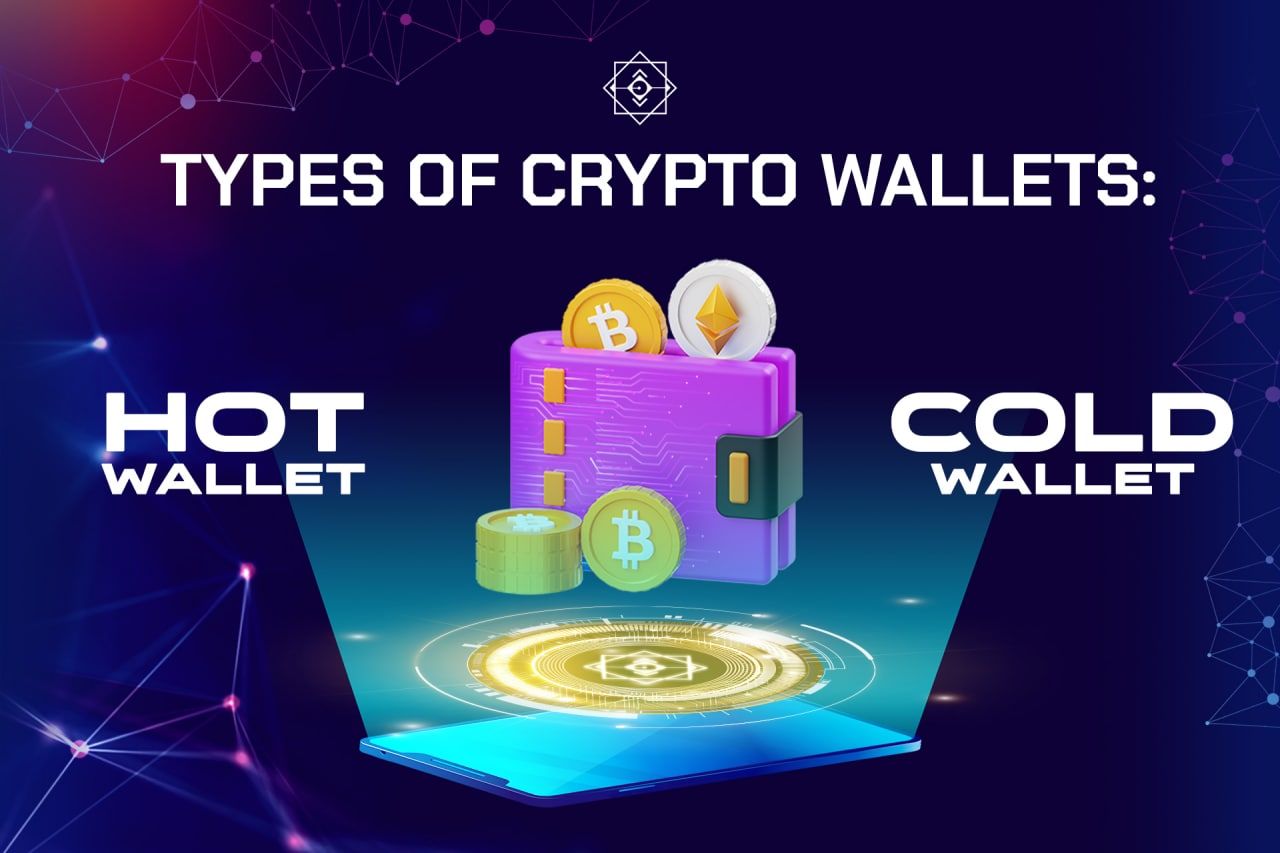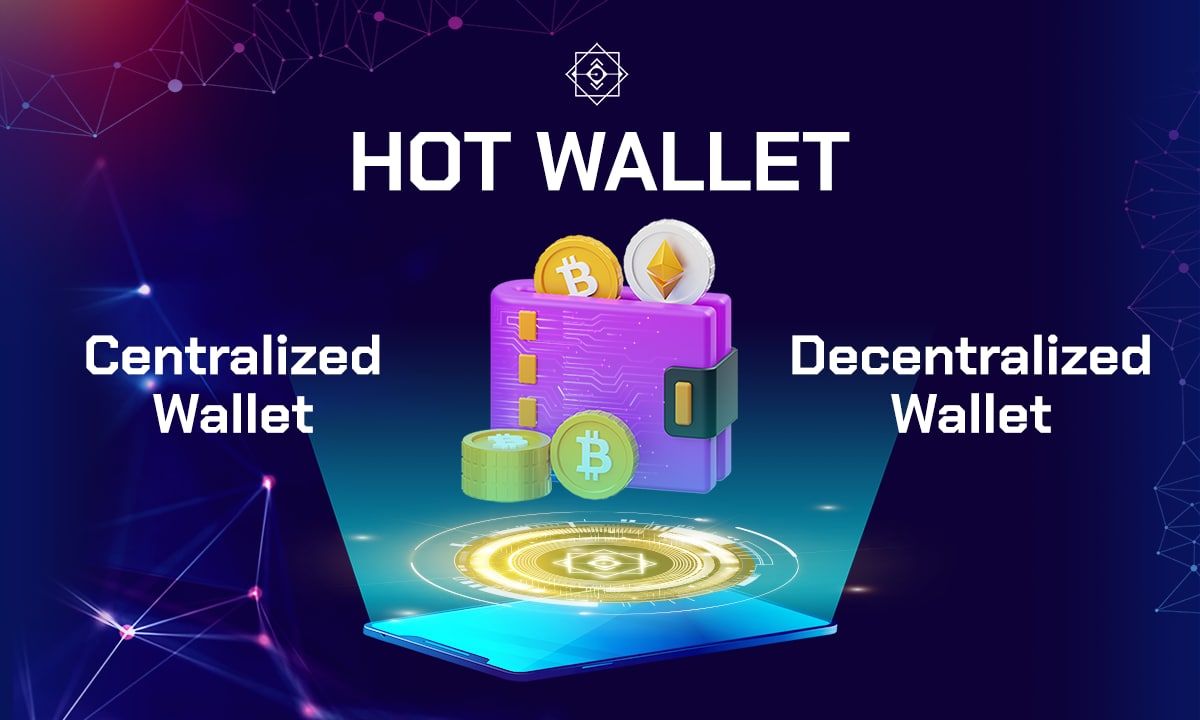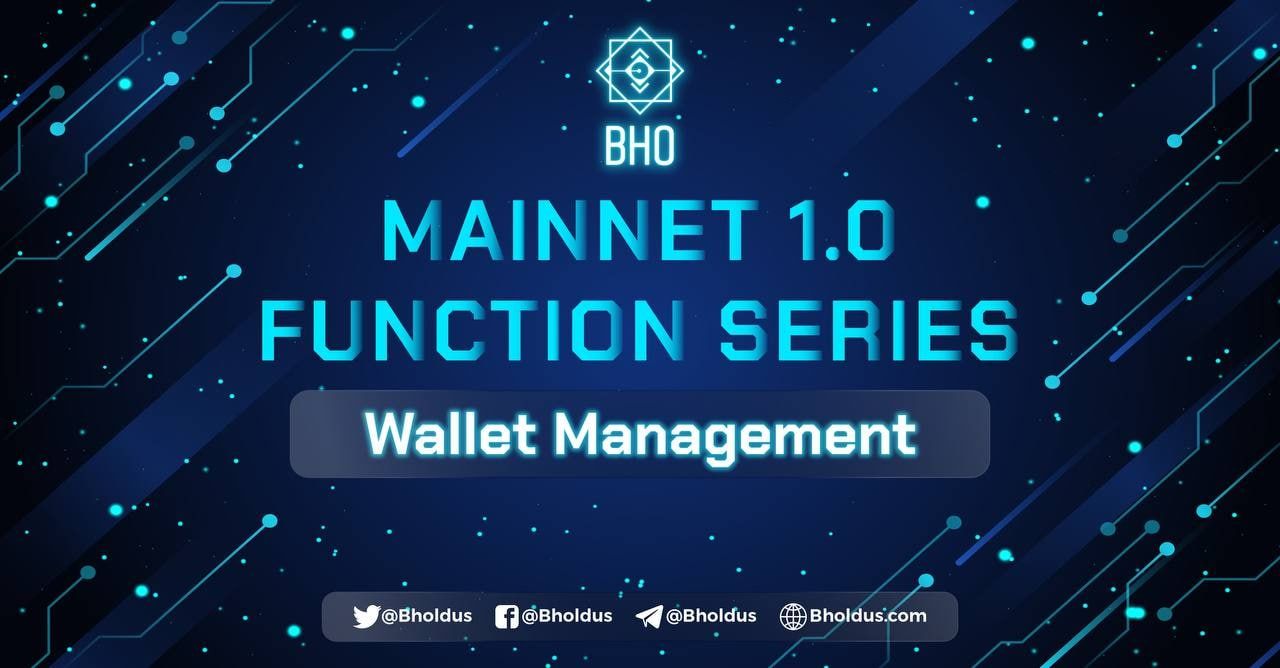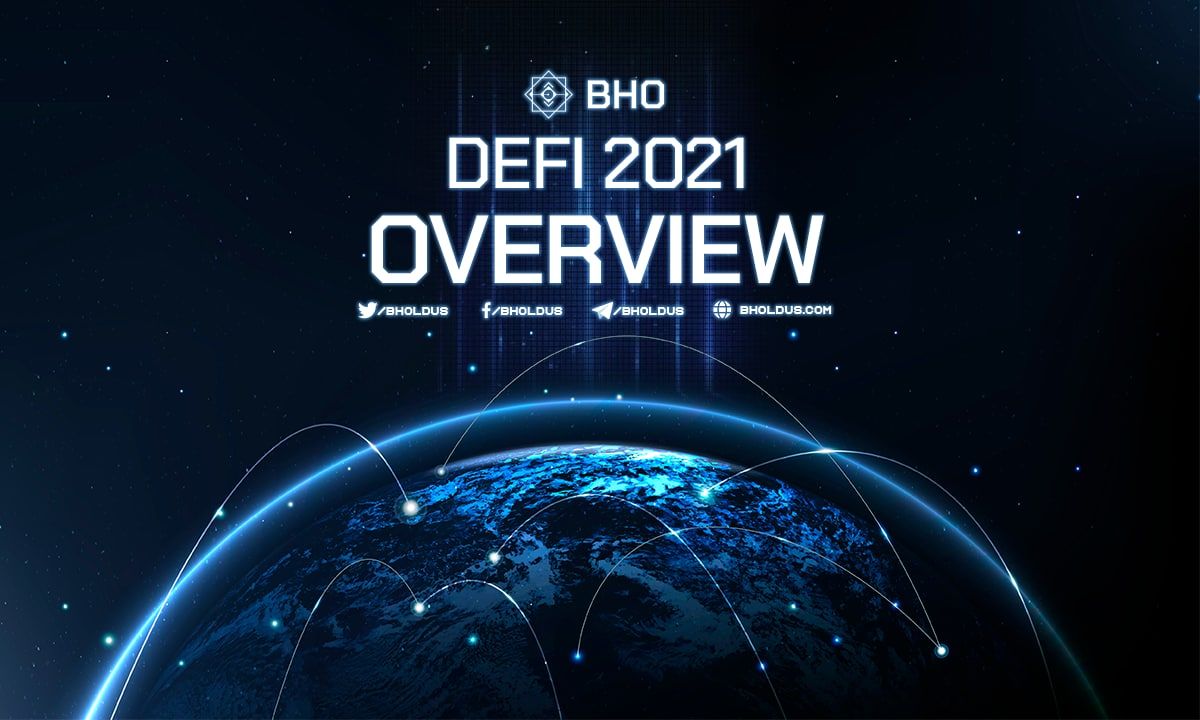- Blog
- Crypto News
- What is Low Cap Coin? 5 steps to investing Low Cap Coin
What is Low Cap Coin? 5 steps to investing Low Cap Coin
- 1. The Basics of Low Cap Coin
- 1.1 What is a Market Cap?
- 1.2 What is Low Cap Coin?
- 2. Evaluation of the advantages and limitations of Low Cap Coin
- 2.1 Advantages
- 2.2 Disadvantages
- 3. Distinguish between Low Cap Coin, Mid Cap Coin and Top Coin
- 3.1 What is Mid Cap Coin?
- 3.2 What is a Top Coin?
- 4. Steps to invest Low Cap Coin Effective
- 4.1 Step 1: Make a strategy to invest Low Cap Coin - Profit stacking
- 4.2 Step 2: Search for Potential Projects
- 4.3 Step 3: In-depth research into Low Cap
- 4.4 Step 4: Give the right time to put money down
- 4.5 Step 5: Learning how to choose the time to take profits
- 5. Top 3 Outstanding Low Cap Coins in 2022 What are Low Cap Coin's
- 5.1 MarketMove (MOVE)
- 5.2 Internet of Energy Network (IOEN)
- 5.3 InSure DeFi (SURE)
- 5.4 Strip Finance (STRIP)
- 5.5 Zano
- 5.6 TE-FOOD (TONE)
- 5.7 Ispolink
- 5.8 Enecuum
What is Low Cap Coin? Why does that receive so much attention from crypto investors? Do not skip this article if you are unfamiliar with the above concept. Let's learn with BHO Network the outstanding knowledge and how to invest Low Cap Coin effectively right here!
1. The Basics of Low Cap Coin
Before exploring “What is Low Cap Coin” you need to understand the concept of Market Cap – a vital term when learning about cryptocurrencies.
1.1 What is a Market Cap?
Market Cap means market capitalisation. This concept is understood as the total value of the number of shares of a listed company. However, this value will not include shares held by the company itself. Value Market Cap, you multiply the number of claims by the current value of that stock.
The Market Cap is known as the market capitalisation in the cryptocurrency market. When you multiply the price by the amount in the circulation of a Token, the Market Cap of that Token will be obtained. Value Market Cap, you multiply the number of shares by the current value of that share.
When participating in Trade Token, capturing the Market Cap helps Traders to identify the Token price movement. Currently, the Website Coinmarketcap.com is the place to provide Market Cap accurate.
1.2 What is Low Cap Coin?
Low Cap Coin is a concept to refer to Tokens with a market capitalisation of less than 50 million USD. Usually, Low Cap Coins will have a relatively low price. At the same time, these tokens' 24-hour trading volume and intraday liquidity are relatively low.
2. Evaluation of the advantages and limitations of Low Cap Coin
Currently, what is the opinion of experts about Low Cap Coin? The content below will help you answer this question.
2.1 Advantages
The following are some of the advantages that Low Cap Coin owns:
- Suitable for users who trade according to the scalping strategy (Scalping). This strategy requires fast returns in a short period.
- With a low capitalisation, when the market pays attention, and the cash flow comes, it will bring a "crisis and fast" profit.
- It has the potential to become Mid Cap Coins and bring big profits to early users.
- Suitable for investors with limited capital.
2.2 Disadvantages
Besides the above advantages, it is undeniable that the remaining limitations of Low Cap Coin such as:
- High-Risk High Return: Low Cap Coins always have significant risks besides benefits and profits. If you choose to win the Scam project, your investment can evaporate quickly.
- Usually, the price of Low Cap Coins is relatively low so that users can buy in large quantities. However, since the liquidity of tokens is also relatively small, users are likely to suffer significant slippages.
- These tokens' prices are often volatile and require users to closely monitor them.
Read more: What is NFT Marketplace? How to create NFT Marketplace
3. Distinguish between Low Cap Coin, Mid Cap Coin and Top Coin
If you are an "old" investor, you will definitely know Low Cap Coin, Mid Cap Coin and Top Coin. However, have you grasped the difference between these concepts? Let's find out together!
3.1 What is Mid Cap Coin?
Mid Cap Coin refers to Tokens with a market capitalisation of 100 million USD to less than 1 billion USD. Mid Cap Coin received much attention from users thanks to the consistent growth with Coin Top of the ecosystem.
Mid Cap Coins have a moderate price and excellent growth potential. These factors drive the user's high profits with only low to medium risk
3.2 What is a Top Coin?
Top Coin is a concept that refers to Tokens with a market capitalisation of 1 billion USD or more and possessing excellent liquidity. Top Coin has huge growth potential and strongly influences the entire market. Therefore, the volatility of Top Coins will cause changes in market capitalisation and user trading psychology.
Top Coins are considered to be relatively safe depending on their applicability to the development of each ecosystem. However, the price volatility of these tokens often does not provide a quick source of profit and brings large amounts of money to investors with limited capital.
For example: Solana (SOL), Bitcoin (BTC), Binance Coin (BNB), Ethereum (ETH),...
4. Steps to invest Low Cap Coin Effective
Here are 5 easy and practical steps to invest Low Cap Coin.
4.1 Step 1: Make a strategy to invest Low Cap Coin - Profit stacking
Example: Select and find 5 Low Cap to invest with a capital of 5,000 USDT divided equally. After six months:
- Project 1: 0 USDT
- Project 2: 0 USDT
- Project 3: 20,000 USDT (x20 times)
- Project 4: 10,000 USDT (x10 times)
- Project 5: 0
Thus, after 6 months, Son has 30,000 USDT (x5 times the initial capital). This money is further allocated to invest in 5 other projects and earn profits. This process continues, meaning that the initial capital will increase over time. Especially this method is workable with Metaverse because the status of a project x5,x10,x100... is quite common.
The example above shows that choosing a Low Cap and holding tokens in the long term is an important factor for users to make profits. This tactic is quite simple but requires users to find potential projects and have the mentality to fight the market. Choosing this tactic means you must be consistent, not hasty and be influenced by the crowd.
4.2 Step 2: Search for Potential Projects
Twitter is a popular platform that allows users to search for potential cryptocurrency projects. However, if you find a project with a large amount of information and many followers on Twitter, you are already "late". Because Metaverse is very harsh and if you are not fast, you will miss the opportunity x5, x10,... capital account.
So how do you need to become an "early" project investor? You can refer to the methods below.
Method 1: Find Tweets related to the project
With this method, you need to find Tweets related to the project from previous users. Take a look at this specific example!
December 15, 2021, is the time when $QUARTZ begins to attract attention from investors.
At this point, your task is to find users who have previously Tweeted about $QUARTZ and continue to observe the behaviour of those who have already tweeted about $QUARTZ. this user. To search for Tweets related to $QUARTZ, use Twitter's search bar and use the "Advanced Search" function.
Next, enter the information you need to find in the "These Hashtags" fields with the desired time.
Then, the system will return a relatively complete amount of information related to the user who researched and Tweeted about $QUARTZ. At this point, you choose "Add ... from Lists" to continue the process of monitoring and learning about the project.
This method allows users to continuously update the most objective information and reviews from users quickly. From there, you can keep track of all the moves related to the project.
In addition, you should also pay attention to people looking for projects through the common ground in the field of project pieces you are interested in. From there, you'll find "Alpha Seekers" and follow in their footsteps.
Method 2: Check the wallet on Block Explorer
To check the number of wallets holding Tokens, you can check the project's Block Explorer using CoinmarketCap. You search for the Token to be reviewed, then Click Etherscan Address/BSC/Solana/,...
At this point, you need to know the wrong information:
- Number of Hodlers of the project.
- The holding period of the wallet "Whale"
- Has the Token allocation at major wallets been discharged?
- What period do users hold the most Tokens? From there, you link to the information source on Twitter and evaluate how attractive the project is.
- The transaction volume of wallets.
- Is there a "price gouging" here?
Project Low Cap always poses a relatively high risk to users. Then, information related to Token will be the primary source for you to learn and evaluate the project's potential. At the same time, this is also the basis for comparison with similar projects. Thus, checking the number of Tokens allocated and other detailed information helps you understand the credibility of the project.
Method 3: Regularly Tweet about the project
Each Tweet mentioning the project will be a suggestion for investors to participate in the market. You can recognise a potential project if Tweets saying the project's feature or product appear more and more.
Although knowing the number of projects users need to check is very large, it does not mean that the selection takes place through the speakers because this will directly affect the amount of capital invested by investors. The more time you spend analysing and researching, the more likely you are to find a Low Cap potential.
Method 4: Sharing and Connecting
You should not only “receive” but also “give” by sharing information, and contributing to a treasure trove of Tweets related to the project. This will help those who follow later have a lot of reference content and gain specific insights. From there, the number of users who know and learn about the project will increase, speeding up the development and expansion of the project.
You need to repeat this process continuously after certain intervals. Because this will also be a way to help you connect with the "Alpha Seeker" community, thus, your circle will be expanded, and investment opportunities will also gradually become better.
In addition, users should not ignore the interaction with the real Founder and Builder of the company. Project. These are the members who build and understand the project best. At the same time, Founders and Builders also bring a welcoming attitude, open to future investors.
Method 5: Tracking cash flow
Tracking cash flow is a fairly common method applied to all tokens in the market. It is understood that users will closely monitor the movements of the big players in the market.
However, each Venture Capital (VC) has its own investment taste, so users also need to take the time to learn and follow VCs with suitable investment styles. In addition, investors should not ignore the ecosystem, Incentive Programs or DeFi development support funds, and the system's capital calls in the nearest time,...
Because this will help users have the most overview of cash flow of ecosystems. From there, you will know the projects of interest to research, monitor and find investment opportunities.
4.3 Step 3: In-depth research into Low Cap
When researching into Low Cap, investors need to rely on the following 5 factors:
Novelty Unique
Selling Point (USP) is a common phrase in the field of Marketing. This factor is used to distinguish the products/services of businesses, projects or individuals from competitors. USP will provide a leading edge for the project owner to occupy a certain position in the market. Besides the traditional market, USP is also a significant factor in DeFi. What are the reasons for choosing to invest in one project among countless others?
- What makes the difference?
- Is the improvement of the ingredients in the product continuously updated?
Example:
- $QRDO: decentralised feature MPC.
- $KDA: The only POW that solves the thorny problem of Blockchain Nlockchain Trilemma.
- $QTZ: Currently the only project with the highest "Yield Redirection" level.
Here are some examples of where the USP is often misunderstood:
- A new staking project has a higher APY than previous projects: This is the result of an APY uncontrollably high together. At that time, the first player will have an advantage and a higher position than the latter.
- A Game with 100,000 players versus a Game with 25,000 players: The number of players is not the only factor determining a project's survival.
- The App pays a transaction fee of 0.3% instead of 0.6% like other Apps in the ecosystem: The transaction fee will depend on the project's features and fee allocation strategy.
As such, finding the difference of the project is necessary, but the decisive factor is the problem-solving ability of this feature. Therefore, users should not only pay too much attention to the theory but ignore the practical capacity of the project.
Tokenomics
This is an important project element but often the most easily overlooked. Tokenomics is a platform that allows users to learn about a project's supply and demand, similar to a company's shares. Aspects users need to pay attention to about Tokenomics are:
-
Token Allocation:
- Tokens will be allocated to different users in certain time periods with predetermined allocation levels. Percentage allocation for each component is not fixed, depending on the project allocation plan.
- The selling pressure after each Token payment increases as the number of investors and VCs participating in the Seed/Private sale round increases. Besides, the number of Reward Tokens is also an essential factor because of the potential for inflation and price impact when this Token is Mint.
The components commonly included in a project's Token Allocation (Token Allocation) are:
-
Team: Project member.
-
Seed/VC: The investor bought a large number of Tokens at a discounted price.
-
Private Sale: Limiting the number of investors with smaller capital than VC.
-
Public Sale: For all investors.
-
Foundation/Marketing: Expenses for project administration.
-
Liquidity Pool: Liquidity on DEXs.
-
Staking-Mining Reward: Rewards for users participating in activities such as Staking, Farming,...
-
Token Vesting:
- Is the time when Vesting Token has a direct influence on the price? The longer the Vesting time, the smaller the number of Tokens paid each time, thereby, the lower the price.
- A popular form of Vesting is Linear Vesting. This method allows to gradually pay the same amount of Tokens over a fixed period of time.
-
VC/Seed Price: To understand more about VC/Seed Price, you can refer to the following example:
- Ventures Capital bought 30% in the Seed round of Token A at a price of $0.1. After 2 years, 1 week before the project pays the Token, the cost of Token A is $ 5.
- If the VC invests $20,000, it will hold about $1,000,000. At this time, the VC will be able to continue Hold Token A and sell a part to recover capital. This only affects the token price to a certain extent.
- Case after 2 years, Token A's price is $ 0.25. That is, at this moment VC is only enjoying a low profit. If the invested capital is too large compared to the return, the VC will definitely sell Token A after it is paid.
-
Investors should note:
- Check the difference between the purchase price of investors and the current price of the Token.
- Check Unlock time and Token payment time.
- These are the two most important factors that allow users to see the factors that directly affect the price and selling pressure of Tokens.
-
Token Utility:
- This information shows how Hodlers will use the Token to maximise profits. At the same time, users also know how to receive Reward/Incentives.
- A project that stands out with new features in technology but does not bring much profit to users is not necessarily attractive.
- Usually, most projects will allow Hodler to vote, or project governance, through Voting on Proposals. However, admin rights will not generate profit if the project is not about DAO.
Thus, the Utility of the potential Token will create buying pressure and directly affect the Token price. Some common Utility can be mentioned as:
-
Staking/Boosted APY.
-
Discount (Example: Transaction fee).
-
Validation: To become a Validator of the network and receive a Reward, users need to hold a prescribed percentage of Tokens.
-
Wallet Distribution: holding level Token of major wallets on Block Explorer. This is a factor that creates buying pressure for users.
Team
Information about the project team is crucial in building user trust, ensuring transparency, and avoiding possible consequences.
Builders often use LinkedIn. This channel allows users to read and refer to the experience and Profile of the team. Besides, how the team's channel is built also affects the user's view. This partly shows whether the team's purpose of creating the project is for the community's benefit.
In addition, users should also contact members directly through social networking platforms to discuss the project. Because through direct communication, users can trust or not through the level of enthusiastic support and transparency in information.
The main pieces Of the NFT's 4 outstanding stories in 2021 include:
- DeFi Summer.
- NFT Season.
- Gaming & Metaverse.
- Solutions related to Layer 1.
These are projects that receive the search and pour of the whole market so that they will contain cash flow. At this point, users need to find projects in these puzzle pieces.
Catalysts and Marketing
Some catalytic factors users need to consider such as:
- Product launch time / Mainnet time.
- List Tokens on CEX exchanges.
- Collaboration with other projects.
If the project does not have any announcements about the operation or product updates for a long time, then this is not a project worth investing in. Besides, Marketing is often easily overlooked while these are visible on some platforms such as:
- Twitter.
- Telegram.
- Medium.
4.4 Step 4: Give the right time to put money down
Every market has the potential for unpredictable surprises. Similarly, Tokens also sometimes go up in price. Reaching the peak of ATH must also decrease in price, running ATL. Therefore, investors need to be prepared mentally and bravely to put down money at the right time, ensure "swinging the top" and "finishing the bottom" to make a profit.
When researching the project, users need to apply the factors analysed above to evaluate. At the same time, you should use flexible tactics for appraisal, thereby quickly making investment decisions.
4.5 Step 5: Learning how to choose the time to take profits
Premature closing is a phenomenon that no investor wants. However, the market always fluctuates, so it is difficult for investors to determine the ATH time to take profits. You can refer to the profit-taking strategy as follows:
- When the project x2 & x3: Lock 20 - 40% to preserve capital.
- When x5 & x10 projects: Lock extra 20 - 40%.
- If the project has potential x50 - x100: Continue Hold.
This is a strategy to help investors preserve capital and enjoy profits in a safe way. In fact, not all projects will allocate and take profits as above. Therefore, users need to carefully consider the project's potential to divide the milestones most reasonably.
Read more: What is Mempool? How does Mempool work?
5. Top 3 Outstanding Low Cap Coins in 2022 What are Low Cap Coin's
2022 Outstanding Tokens in? Follow along right here!
5.1 MarketMove (MOVE)
MarketMove (MOVE) is dubbed the “revolutionary” project in the DeFi space. The platform combines an AI-based building game and a useful Tokenomics system.
The project that provides the outstanding feature is Price Protect. This feature allows Traders to execute a changeover and adjust based on volume. With MarketMove, Traders can deal with all risks more effectively.
5.2 Internet of Energy Network (IOEN)
This is one of the most trending projects today. The project was born based on the increasing need to protect and improve the environment. Thus, the establishment of IOEN became a major turning point for DeFi.
The Internet of Energy Network develops in the direction of clean energy. The project's core technology is Blockchain and Holochain.'s goal IOEN is to combine homes with innovative electrical systems to create a grid of electricity and renewable energy.
5.3 InSure DeFi (SURE)
This is the first project in the world to develop cryptocurrency insurance. SURE aims to protect investors in the market by providing optimal insurance products.
With InSure DeFi, Traders can protect their portfolio by purchasing SURE Tokens by Fiat or other Tokens. This Token's support helps Traders limit fraud or unsafety issues in cryptocurrency trading.
5.4 Strip Finance (STRIP)
Users certainly cannot ignore STRIP when it comes to Low Cap Coin. This is the Token used in Strip Finance, a purely financial platform. Strip Finance is a decentralised platform that eases liquidity in the NFT space.
The platform works in the following ways:
- Allows NFT debt collectors to use assets as collateral at a reasonable interest rate to borrow.
- Allows liquidity providers to participate through direct or group bidding.
- Borrowers and lenders can both participate in the exchange market.
This system solves the problem of liquidity in the NFT market. Therefore, STRIP is evaluated as a promising project. When the NFT is getting bigger and bigger with the increasing number of projects attracting the attention of investors, STRIP is very suitable for long-term investment.
Primarily, this token is currently at a reasonably low price. This is an advantage for many who want to invest in large quantities. However, STRIP's current liquidity is not high because it has not received much attention.
5.5 Zano
Zano is a low-cap token, under $30 million, but it is highly appreciated for its upside potential. Zano is developed by a scalable and secure Token, designed for use in e-commerce.
This token possesses many outstanding features, such as:
- Network members Zano are made untraceable with ring signatures and hidden addresses.
- Hide all sending and receiving addresses.
- Escrow / P2P contract.
- Zano network members can all have aliases.
Collectively, Zano is a token that is highly appreciated for safety and security. This token is said to have potential as this is a general trend for the long-term survival of cryptocurrencies.
5.6 TE-FOOD (TONE)
TE-FOOD is a project to apply cryptocurrency to the agricultural supply chain. TE-FOOD will be a secure solution that allows food traceability in difficult-to-control conditions of origin.
Platform that provides a full range of blockchain-based applications and implementation solutions to differentiate products, connect users, locate and recover product… Therefore, the Token used on the platform will increase in price in the future when the above applications are supported and trusted by a large number of businesses.
5.7 Ispolink
Ispolink is a new cross-chain platform for developers, powered by Binance Smart Chain & AI. The aim of the project is to seamlessly connect Blockchain companies with top tech talent. Ispolink is powered by a decentralized, interoperable ecosystem. Therefore, users are allowed to buy services, earn rewards in a safe and reliable way.
This is a project that connects crypto companies, Metaverse projects, game companies, DeFi businesses and NFTs with talented employees. More precisely, this is a place for businesses to introduce jobs and workers to find jobs. With a practical technology platform and high applicability, this Token has great potential for development.
5.8 Enecuum
Enecuum is a blockchain mobile network for decentralized applications. The platform creates a decentralized ecosystem that allows Blockchain and cryptocurrency to become mainstream. This is done by building and setting up mobile apps to create a new and broader ecosystem.
With this ecosystem, developers are allowed to choose to develop their own applications. This is the world's first Blockchain that can unify millions of smartphones and mobile devices into a single network. Enecuum will use the ENQ Token to securely and quickly process payments.
ENQ Token is traded at a low price, with a capitalization of 23 million USD. This is a very desirable Token in the future.
Related posts:
- What is Proof of History (PoH)? Everything about Proof of History
- What is Dapp? Everything there to know about Dapp
The article “What is Low Cap Coin?” explained the concept and provided relevant information. The above content is for sharing purposes only, not to encourage investment. Therefore, before investing Low Cap Coin or any Token, investors must learn carefully. BHO Network will continue to update related news, please read it at website!
Published on July 10, 2022
Tagged topics
